Marigolds are vibrant, easy-to-grow flowers that can bring life to any home garden. Whether you’re a beginner or an experienced gardener, marigolds are an excellent choice. Here’s a simple guide on how to grow them in pots.
Selection of Right Pots for Marigolds
Select a pot with good drainage holes at the bottom. Marigolds don’t like their roots to sit in water, so a pot that allows excess water to drain out is essential. A pot around 8-10 inches’ deep works well for marigolds, giving them enough space for root growth.
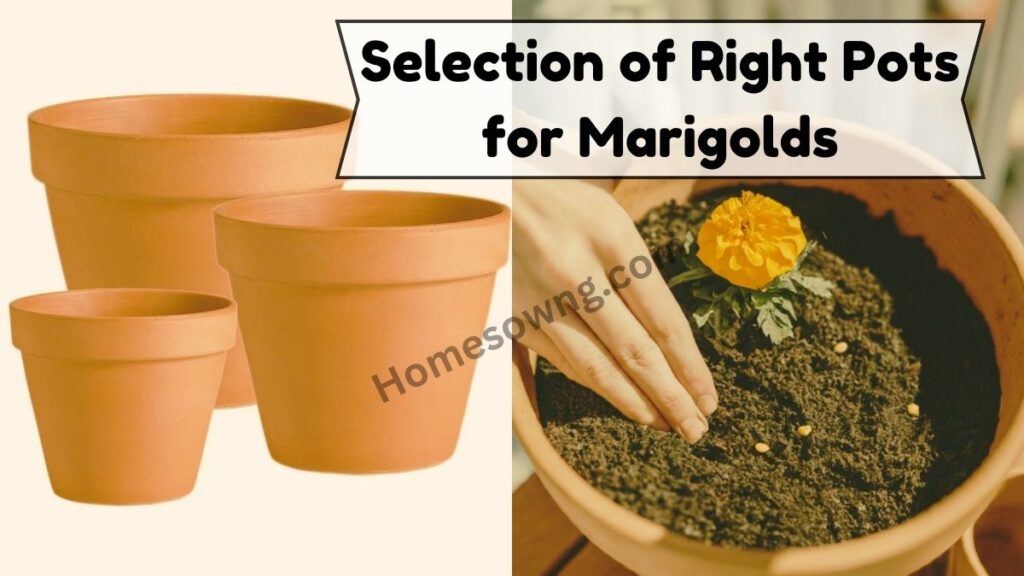
Selection of Right Soil for Marigolds
Marigolds thrive in well-draining soil. You can use a mix of garden soil and compost, or purchase potting soil from a gardening store. Adding a bit of compost helps provide the nutrients the plant needs to grow strong and healthy. Make sure the soil is loose and not too compact.
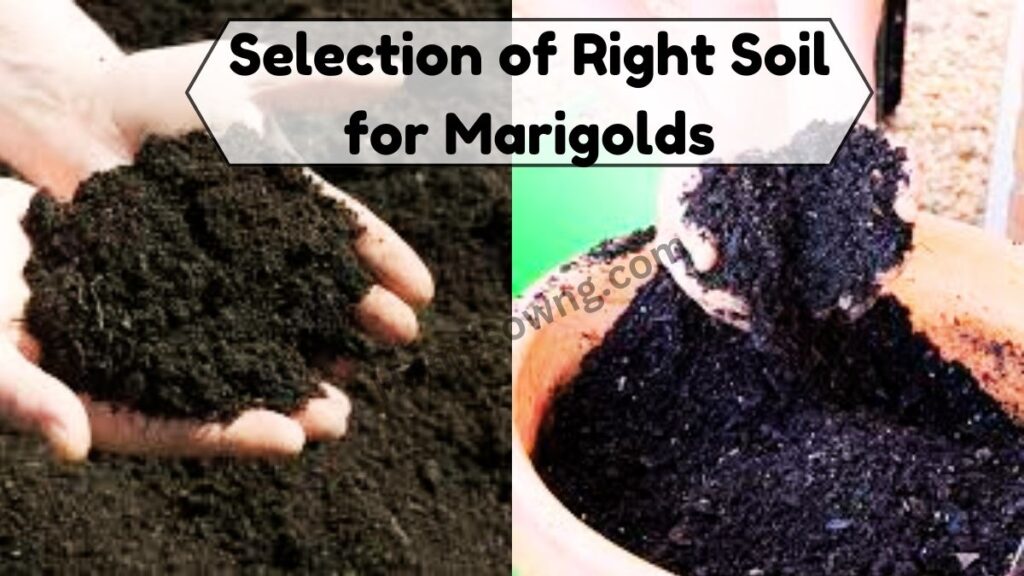
Planting the Seeds of Marigolds
Sow marigold seeds about 1-inch-deep into the soil. Space the seeds a few inches apart if you’re planting more than one in the same pot. Cover them lightly with soil, and water gently. Marigold seeds usually sprout within a week, so you’ll start seeing results quickly!
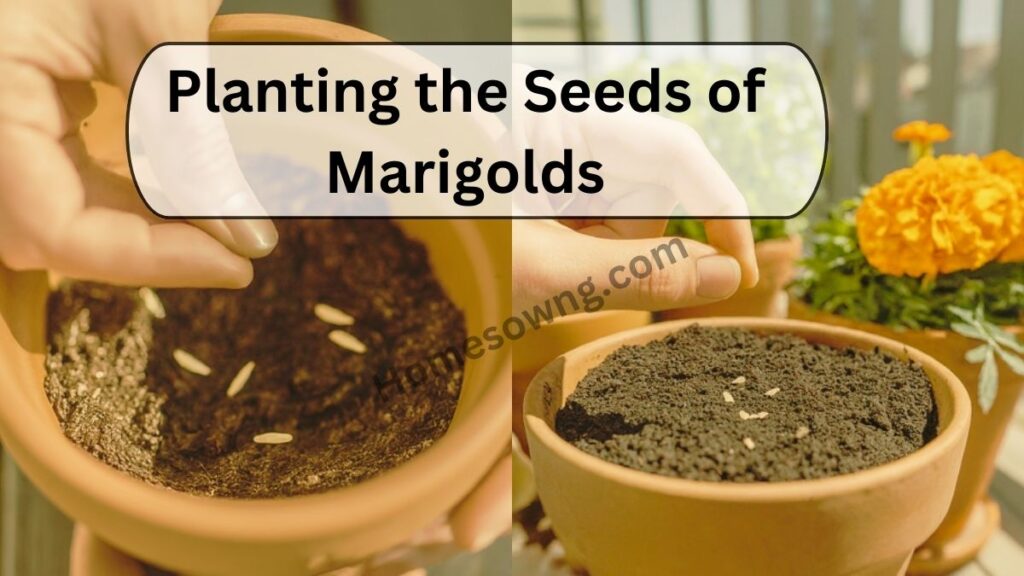
Watering of Marigolds
Marigolds don’t need a lot of water. Water them moderately, keeping the soil slightly moist but not soggy. Overwatering can lead to root rot, so it’s better to let the soil dry out a little between watering. In hot weather, you may need to water them more often.
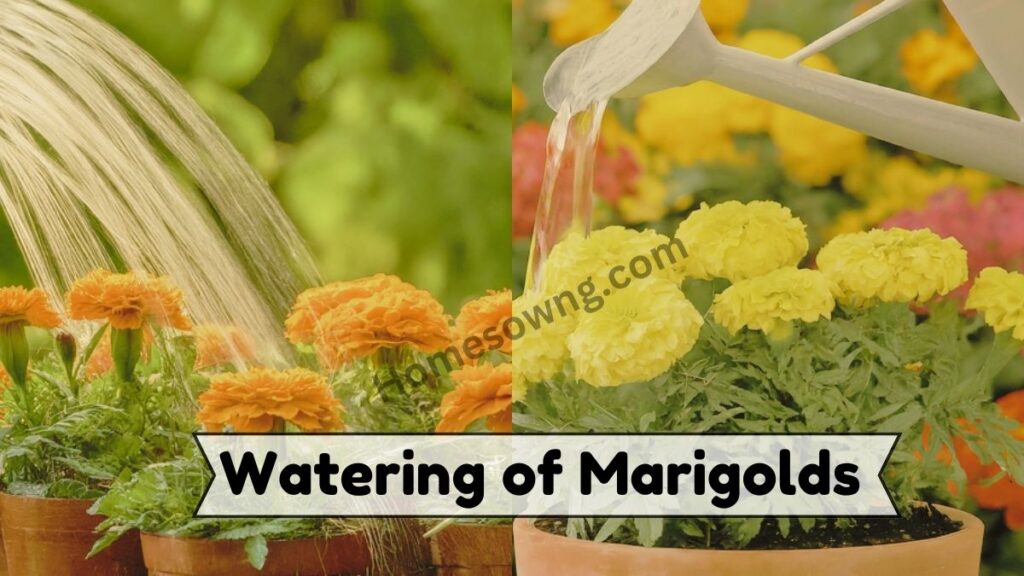
Proper Sunlight for Marigold
Marigolds love the sun! Place your pots in a sunny spot where they can get at least 6 hours of sunlight a day. They will bloom best in full sun, and the bright light will help the plants grow bushy and full of flowers.
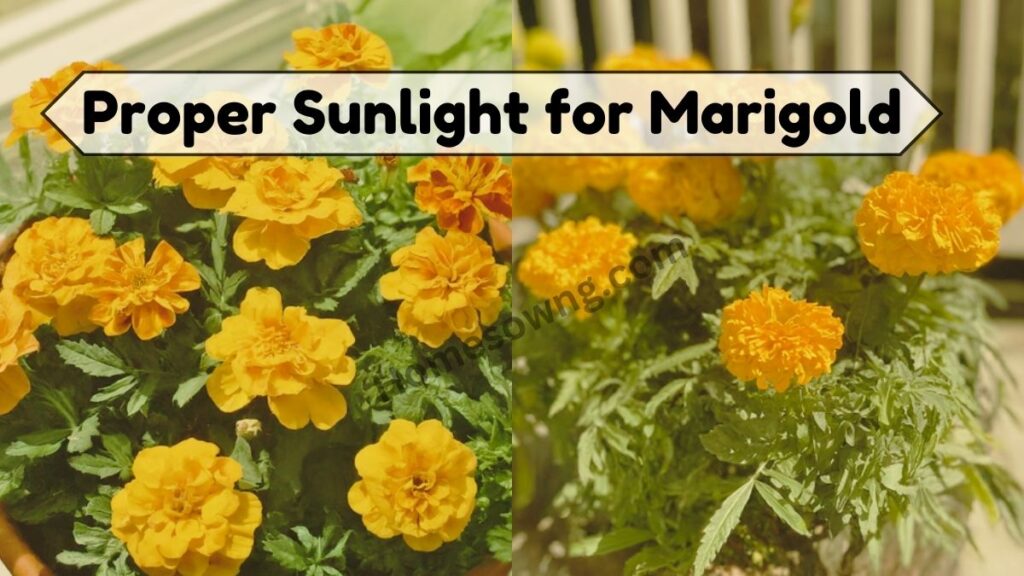
Fertilization of Marigolds
Marigolds don’t require heavy feeding, but you can give them a boost by using a balanced, all-purpose fertilizer once a month. Too much fertilizer can result in more leaves than flowers, so it’s best to apply sparingly.
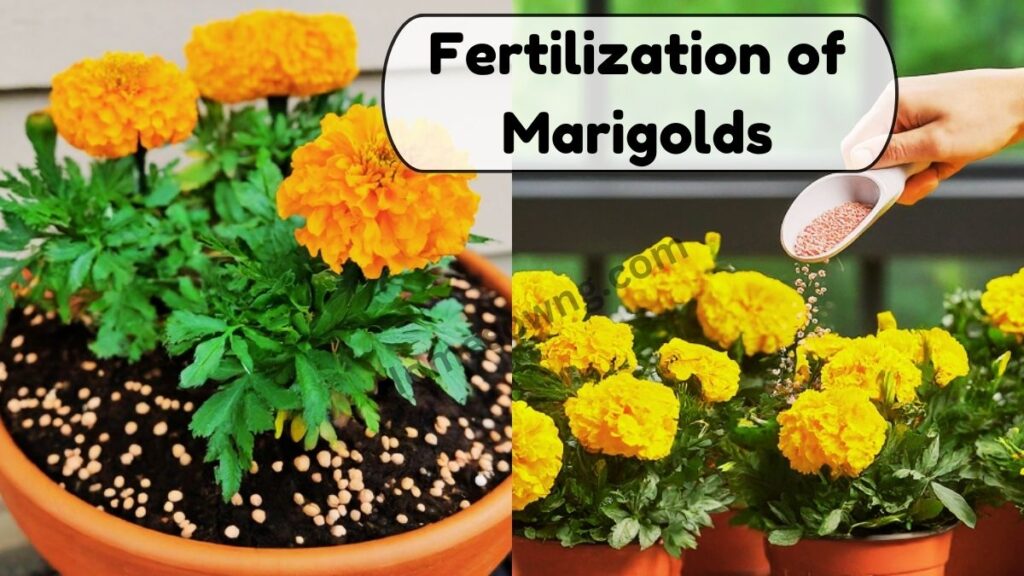
Deadheading for More Blooms
To encourage continuous blooming, remove dead or fading flowers regularly. This process, called deadheading, helps the plant focus its energy on producing new flowers rather than seeds.

Pest Control of Marigolds
Marigolds are generally resistant to pests, but you might occasionally see aphids or spider mites. If this happens, simply spray the plants with water or use a mild insecticidal soap to keep them healthy.
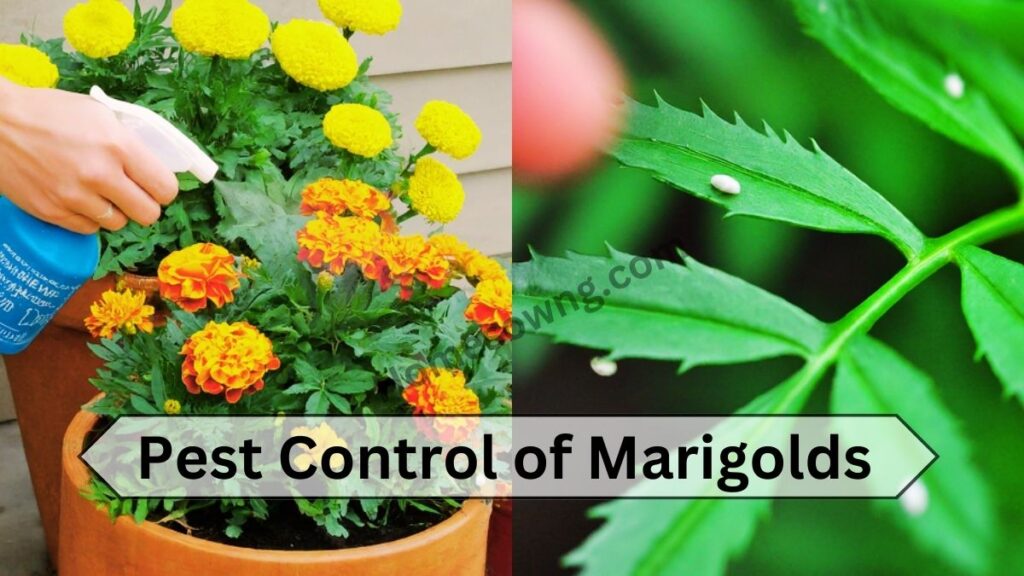
Enjoy the Flowers of Marigolds
In just a few weeks, your marigolds will reward you with bright, cheerful blooms. They’re perfect for adding a splash of color to your garden, balcony, or even indoors by a sunny window.











